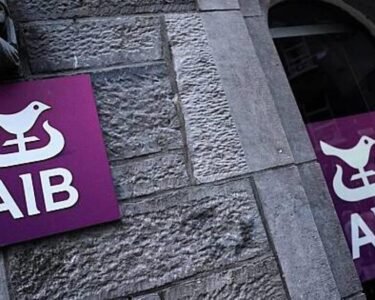There are 2.2 million first-time buyers who failed to get on the property ladder since the financial crisis, the Building Societies Association (BSA) reveals.
BSA’s analysis of FTB data shows that around 7.2 million individuals or couples would have been expected to buy their first home since 2006, however, only 5 million achieved home ownership in this time.
The association explains that FTBs currently face a double affordability challenge with almost record-high cost of buying a home and the end of record-low mortgage rates.
According to the BSA, repayments as a proportion of income for new FTBs has increased by around 30% to 22% of income compared to its low in 2020 when it stood at 18% of income.
While mortgage rates are easing and further Bank rate cuts are expected, the BSA says FTBs are still ranking mortgage affordability as the biggest barrier to buying a home, with two-thirds (65%) selecting this.
Raising a deposit was also highlighted as a significant obstacle to homeownership, with 62% of would-be homebuyers citing this.
During the immediate aftermath of the financial crisis, missing buyers were broadly split across all age groups, but data shows that in more recent years things have shifted and now tend to be in the younger age bracket, particularly those under 30.
The BSA says initiatives aimed at increasing FTB numbers in the future will need to target both younger borrowers and support those who missed getting on the property ladder at a younger age.
The association highlights that many of these borrowers are stuck in the private rented sector, where rental repayments as a proportion of income are significantly higher than mortgage repayment.
Although higher loan-to-value mortgages can help more private renters to buy their first home, the BSA says that there is limited availability of higher loan-to-value (LTV) loans since the financial crisis.
The BSA’s report last year found that with a 95% loan-to-value mortgage, one in five (19%) private renters could afford to buy a £100,000 home.
The latest data shows that increased growth in house prices relative to incomes is the major underlying issue preventing first-time buyers from getting on the property ladder.
However, BSA suggests there are a number of government and regulatory policy actions which could help to address this such as doing more to make homes affordable, available and appropriate with building societies prepared to contribute.
Last year, the BSA highlighted how since the financial crisis the pendulum had swung too far towards a stricter regulatory environment rather than towards the social benefits of higher rates of homeownership.
The report suggests that lenders need more flexibility to support FTBs, including an increase in the availability of 95% LTV mortgages and a review of the cap on high loan-to-income lending.
BSA head of mortgages Paul Broadhead says: “I’m disappointed that 12 months on from our first report, which highlighted the struggles faced by first-time buyers and the potential roadmap for change, the barriers to homeownership remain the same today.”
“It’s shocking that 2.2 million first-time buyers who would have reasonably expected to buy their own home have failed to do so since the financial crisis. And every day that passes without real action the number of potential lifetime renters is growing.”
“We know that there is no single solution for all first-time buyers, and not all aspiring homeowners will be able to achieve their dream whilst the double affordability challenge of the high cost of buying and high cost of owning a home remains.”
“However, our report outlines several tangible actions that can be implemented to help fix the broken housing market and to support the next generation of homeowners.”




